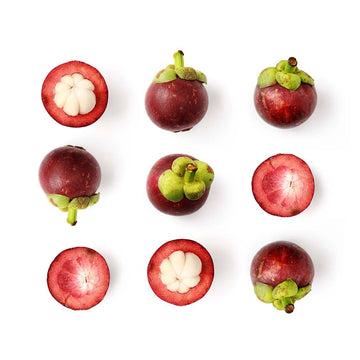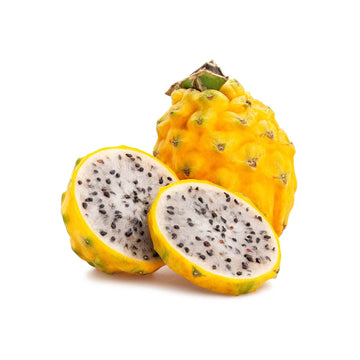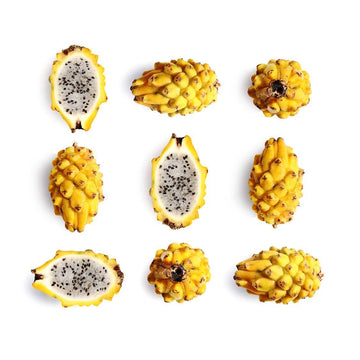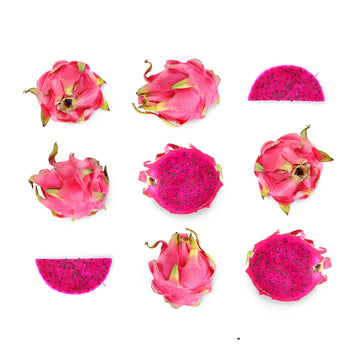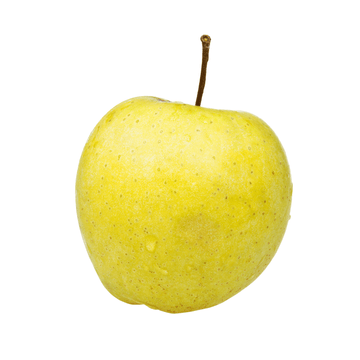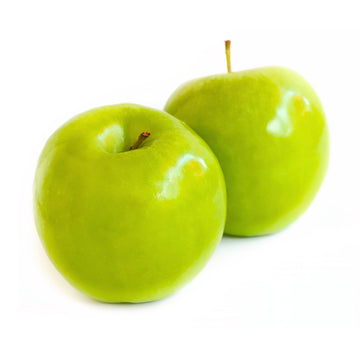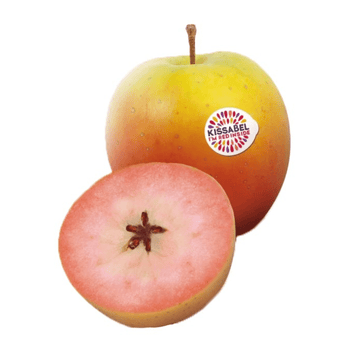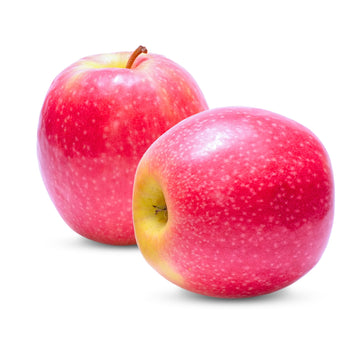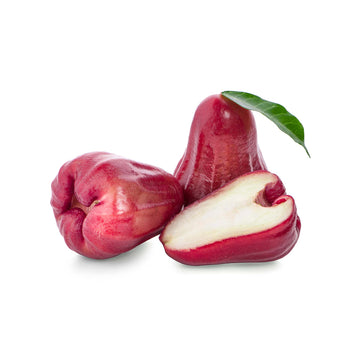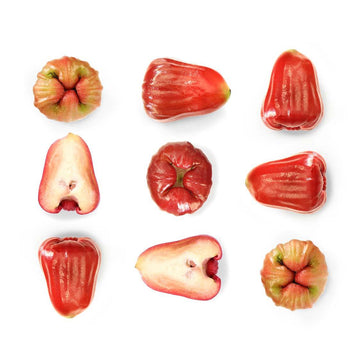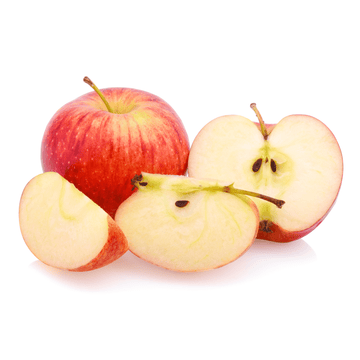How to Grow Blueberries at Home in the UK
Blueberries are a delicious and nutritious fruit, packed with antioxidants, vitamins, and a sweet-tart flavour that makes them a favourite for snacking, baking, or adding to smoothies. Growing blueberries at home in the UK is not only rewarding but also entirely achievable, whether you have a sprawling garden or just a small balcony or indoor space.
This guide will walk you through everything you need to know to cultivate blueberries successfully, including detailed instructions for those without a garden. From selecting the right varieties to harvesting your first crop, we’ll cover the essentials to ensure your blueberry-growing journey is a fruitful one.
Why Grow Blueberries at Home?
Blueberries are a fantastic crop for home growers. They’re relatively low-maintenance, can thrive in the UK’s climate, and offer a high yield for the space they occupy. Plus, home-grown blueberries are fresher and often tastier than store-bought ones, and you can grow them organically, avoiding pesticides. For those without a garden, blueberries are particularly appealing because they adapt well to container growing, making them suitable for patios, balconies, or even sunny windowsills.
Understanding Blueberries: The Basics
Blueberries (genus Vaccinium) are perennial shrubs native to North America but well-suited to the UK’s temperate climate. They thrive in acidic soil with a pH of 4.5–5.5, prefer full sun or partial shade, and require consistent moisture. The UK’s often cool, damp climate mimics their natural habitat, making them a great choice for British growers.
There are several types of blueberry bushes, but the most common for home cultivation are:
-
Highbush blueberries (Vaccinium corymbosum): These are the most widely grown, producing large, juicy berries. Varieties like ‘Bluecrop’ and ‘Duke’ are popular in the UK.
-
Lowbush blueberries (Vaccinium angustifolium): Smaller plants, ideal for containers or small spaces.
-
Rabbiteye blueberries (Vaccinium ashei): More tolerant of warmer conditions but less common in the UK due to their need for milder winters.
For UK growers, highbush varieties are typically the best choice due to their cold hardiness and productivity.
Choosing the Right Blueberry Variety
Selecting the right variety is crucial for success. Here are some UK-friendly varieties to consider:
-
‘Bluecrop’: A reliable, heavy-cropping variety with large, flavourful berries. It’s disease-resistant and ideal for beginners.
-
‘Duke’: An early-fruiting variety with sweet berries, perfect for extending the harvest season.
-
‘Spartan’: Produces large, tangy berries and has attractive autumn foliage.
-
‘Chandler’: Known for its huge berries, great for container growing.
-
‘Patriot’: Cold-hardy and suitable for heavier soils, with medium-sized, tasty fruit.
For those without a garden, compact varieties like ‘Top Hat’ or ‘Sunshine Blue’ are excellent choices for pots, as they stay small (around 60–90 cm tall) but still produce a decent yield.
Growing Blueberries in a Garden
If you have a garden, you can grow blueberries in the ground or in raised beds. Here’s a step-by-step guide:
1. Testing and Preparing the Soil
Blueberries demand acidic soil with a pH of 4.5–5.5. Most UK soils are neutral or alkaline, so testing is essential. You can buy a soil pH testing kit from a garden centre or online for £5–£15.
-
If your soil is too alkaline: Amend it with elemental sulfur or iron sulfate several months before planting to lower the pH. Alternatively, create a raised bed filled with ericaceous (acidic) compost.
-
Soil composition: Blueberries prefer well-draining, loamy soil rich in organic matter. Mix in peat-free ericaceous compost, pine needles, or leaf mould to improve acidity and drainage.
2. Choosing a Site
-
Sunlight: Select a spot with at least 6 hours of direct sunlight daily. Partial shade is acceptable but may reduce yield.
-
Shelter: Blueberries benefit from protection against strong winds, so consider planting near a fence or hedge.
-
Spacing: Space bushes 1.2–1.5 meters apart to allow for air circulation and growth.
3. Planting Blueberries
-
When to plant: Early spring (March–April) or autumn (September–October) are ideal for planting, as the cooler temperatures help roots establish.
-
How to plant:
-
Dig a hole twice as wide and as deep as the root ball (about 40 cm deep and 60 cm wide).
-
Mix ericaceous compost with the excavated soil (50:50 ratio).
-
Place the plant in the hole, ensuring the root ball is level with the soil surface.
-
Backfill with the compost-soil mix, firm gently, and water thoroughly.
-
Mulch with pine bark or wood chips to retain moisture and maintain soil acidity.
-
4. Watering and Feeding
-
Watering: Blueberries need consistent moisture, especially in their first year. Water deeply once or twice a week, using rainwater if possible, as tap water can be too alkaline in some areas. Avoid waterlogging by ensuring good drainage.
-
Feeding: Use an ericaceous fertiliser (available at garden centres for £5–£10) in early spring and again in early summer. Avoid over-fertilising, as this can burn the roots.
5. Pruning
Pruning encourages healthy growth and higher yields. For the first 2–3 years, focus on removing weak or damaged branches. After that:
-
In late winter or early spring, remove dead wood and low-growing branches.
-
Thin out crowded areas to improve air circulation.
-
Cut back older stems to encourage new, productive growth.
6. Protecting Your Plants
-
Pests: Birds love blueberries, so cover bushes with netting as the fruit ripens. Aphids and caterpillars can be managed with organic insecticidal soap.
-
Frost: Young plants are vulnerable to late spring frosts. Cover with horticultural fleece if frost is forecast.
-
Weeds: Keep the area weed-free to reduce competition for nutrients.
Growing Blueberries Without a Garden
No garden? No problem! Blueberries are highly adaptable to container growing, making them perfect for balconies, patios, or even indoors. Here’s how to grow them in small spaces:
1. Choosing Containers
-
Size: Select pots at least 45–60 cm in diameter and depth to accommodate the root system. Larger pots (50–75 litres) are ideal for mature plants.
-
Material: Plastic, terracotta, or wooden containers work well, but ensure they have drainage holes.
-
Number of plants: Start with one or two bushes per pot, depending on size. Compact varieties like ‘Top Hat’ can thrive in smaller 30 cm pots.
2. Soil and Compost
Use ericaceous peat-free compost, available at most garden centres for £6–£12 per 50-litre bag. You can mix in perlite or sand (10–20%) to improve drainage. Avoid standard potting compost, as it’s typically too alkaline.
3. Positioning Your Containers
-
Sunlight: Place pots in a spot that gets 6–8 hours of sunlight daily, such as a south-facing balcony or windowsill. If indoors, a sunny window or grow lights (set to 12–14 hours daily) are essential.
-
Temperature: Blueberries tolerate UK winters well, but move pots to a sheltered spot (e.g., against a wall) during harsh frosts. Indoor plants need a cool period (4–7°C) in winter to mimic dormancy—place them in an unheated room or garage for 6–8 weeks.
4. Planting in Containers
-
Fill the pot halfway with ericaceous compost.
-
Place the blueberry plant in the centre, ensuring the root ball is level with the compost surface.
-
Fill the remaining space with compost, firm gently, and water with rainwater.
-
Add a 5 cm layer of pine bark mulch to retain moisture.
5. Watering and Feeding
-
Watering: Containers dry out faster than garden soil, so check daily and water when the top 2 cm of compost feels dry. Use rainwater or distilled water to avoid raising the soil pH.
-
Feeding: Apply a liquid ericaceous fertiliser every 4–6 weeks during the growing season (March–August). Dilute as per the product instructions to avoid over-feeding.
6. Repotting
Every 2–3 years, repot your blueberry plant into a slightly larger container to refresh the compost and prevent root-bound issues. Do this in early spring before new growth begins.
7. Pest and Disease Control
-
Pests: Indoors, watch for spider mites, which thrive in dry conditions. Increase humidity or use insecticidal soap. Outdoors, netting protects against birds.
-
Diseases: Overwatering can cause root rot, so ensure pots have good drainage. Powdery mildew can be an issue in humid conditions; improve air circulation by spacing pots apart.
Harvesting and Storing Blueberries
Blueberries typically ripen from July to September, depending on the variety. Here’s how to harvest:
-
When to pick: Berries are ready when they’re fully blue, slightly soft, and easily detach from the bush. Taste a few to ensure sweetness.
-
How to pick: Gently twist or roll berries off the stem to avoid damaging the plant.
-
Storage: Fresh blueberries last 1–2 weeks in the fridge. For longer storage, freeze them in a single layer on a tray, then transfer to a freezer bag (they’ll keep for up to 6 months).
A single mature bush can yield 2–5 kg of berries per season, depending on the variety and conditions.
Troubleshooting Common Issues
-
Yellowing leaves: Often a sign of soil that’s too alkaline. Test the pH and apply sulfur or ericaceous compost to lower it.
-
No fruit: Young plants (under 2 years) may not fruit. Ensure proper pollination by planting two varieties for cross-pollination, or choose self-fertile varieties like ‘Bluecrop’.
-
Poor growth: Check for overwatering, under-watering, or nutrient deficiencies. Adjust care accordingly.
Tips for Success
-
Cross-pollination: Planting two or more varieties improves fruit set, even for self-fertile types.
-
Companion planting: In gardens, pair blueberries with rhododendrons or azaleas, which also thrive in acidic soil.
-
Winter care: In containers, wrap pots in bubble wrap during winter to protect roots from freezing.
-
Organic growing: Use organic mulch and fertilisers to keep your crop chemical-free.
Growing Blueberries Indoors
For those with limited outdoor space, indoor growing is a viable option, especially with compact varieties. Use grow lights (full-spectrum, 12–14 hours daily) if natural light is insufficient. Maintain a temperature of 15–24°C during the growing season and provide a cool dormancy period in winter. Ensure good air circulation to prevent fungal issues, and hand-pollinate flowers using a soft brush if bees can’t access the plants.
Cost and Time Considerations
-
Costs: A blueberry bush costs £8–£20, depending on size and variety. Ericaceous compost and fertilisers add £10–£25 annually. Containers range from £5–£50, depending on size and material.
-
Time: Expect to spend 1–2 hours per week on care (watering, checking for pests, etc.), with more time during planting and harvesting. Bushes take 2–3 years to reach full productivity but can produce for 20–30 years with proper care.
Conclusion
Growing blueberries at home in the UK is a rewarding endeavour, whether you’re planting in a garden or nurturing pots on a balcony. With the right variety, acidic soil, and consistent care, you can enjoy a bountiful harvest of fresh, home-grown berries. For those without a garden, container growing opens up endless possibilities, allowing anyone to experience the joy of cultivating their own food. Start small, experiment with different varieties, and soon you’ll be savouring the fruits of your labour—literally!


